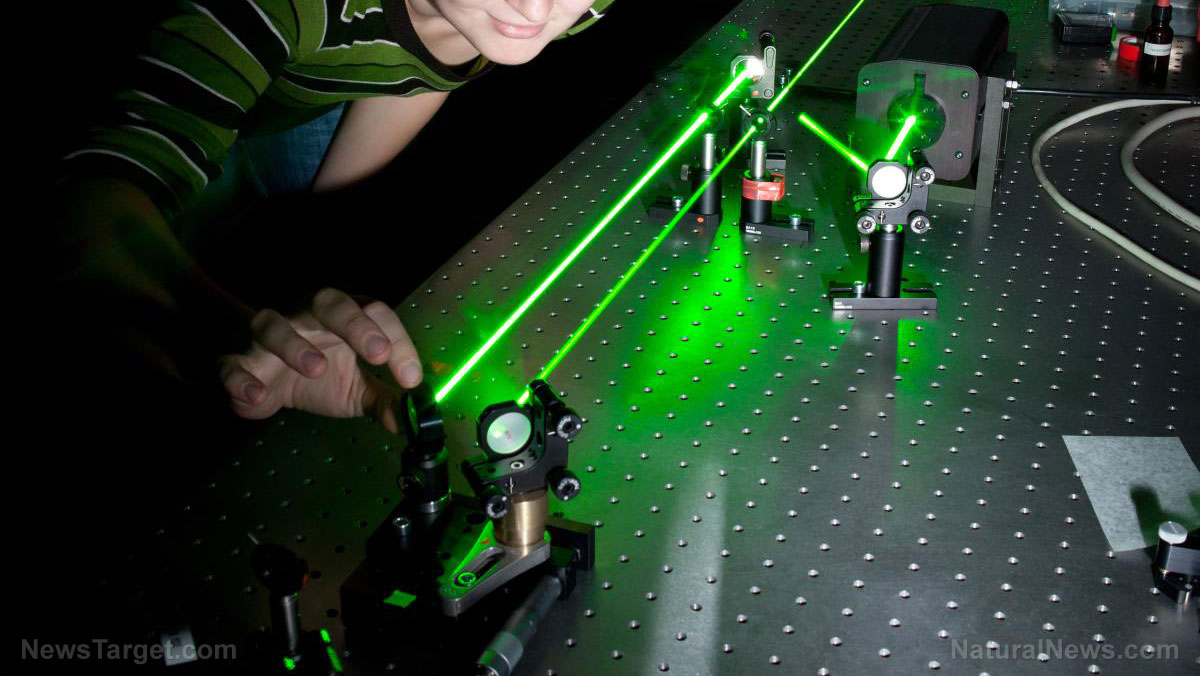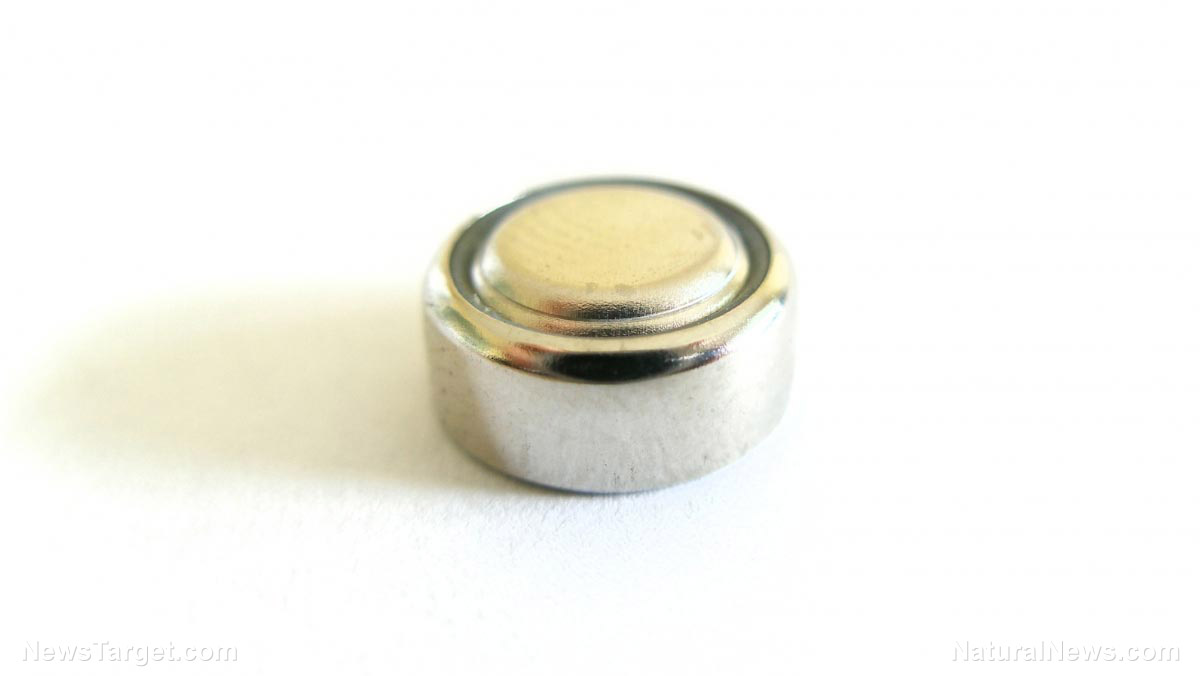Can magnesium batteries revolutionize battery technology?
05/20/2019 / By Edsel Cook

Researchers from all across Europe are pooling their efforts into the development of new types of magnesium batteries. They hope that the budding energy storage system can offer an alternative to lithium-ion batteries that is cheaper, more effective, and safer in terms of manufacture and usage.
In the E-MAGIC research project, Karlsruhe Institute of Technology (KIT) is working alongside various science institutions from across the continent. The project is sponsored by the European Union, which provided more than $7.28 million (6.5 million euros) in funding.
Lithium-ion batteries make up a large percentage of the energy storage systems on the market. But these are expensive to make, have hit the limit of their performance, and cause dangerous accidents.
Magnesium batteries promise to resolve all of these issues. Adopting magnesium as the material of choice in the manufacture of battery anodes will increase the amount of energy that can be stored. It also improves safety.
“Magnesium is a very promising material and one of the most important candidates for our post-lithium strategy,” explains KIT researcher Maximilian Fichtner in a press release. “Wide availability of magnesium batteries might push electrification of mobility and increasing use of decentralized home storage systems.” (Related: Researchers develop high-energy magnesium batteries that can store more energy.)
Pooling their research on magnesium batteries
In addition to serving as a professor at KIT, Fichtner is also the deputy director of the Helmholtz Institute Ulm (HIU). A research institute founded by KIT and other academic institutions, its purpose is to investigate and develop new ideas in electrochemical battery technology.
HIU is currently focusing on magnesium-based batteries. It is working alongside its counterparts in the scientific fields of battery and materials technologies. Their research efforts fall under the auspices of the European Magnesium Interactive Battery Community project – E-MAGIC, for short.
Overseen by the Spain-based research organization Fundacion Cidetec, E-MAGIC is financially supported by the EU as part of the supranational organization’s Horizon 2020 program. It will pool together all of the processes involved in the development of magnesium batteries, starting from studying the fundamental aspects to mass production of the battery cells.
HIU is slated to get a considerable slice of the funding pie for E-MAGIC. Its researchers are going to take a crack at the barriers and challenges involved in using magnesium and other materials in battery cells. They will also come up with new answers for existing issues, the biggest being the short service life of magnesium batteries when compared to lithium-ion batteries.
Magnesium batteries are safer and foster independence from lithium
HIU researcher Dr. Zhirong Zhao-Karger says that the advantages of magnesium batteries greatly outweigh the drawbacks of the material. Perhaps their most significant improvement over lithium is that magnesium anodes do not develop destructive dendrites.
A dendrite is a needle-like formation of electrochemical deposits that grow on the electrodes of a lithium-ion battery with every use. They can damage the internals of the cell and cause dangerous short circuits.
“In the case of magnesium, there are no such processes,” Zhao-Karger clarifies. “Hence, we can apply magnesium in metallic form and directly use the high storage capacity of the metal.”
Furthermore, switching to magnesium technology will reduce dependence on lithium. Magnesium is much more plentiful and far easier to recycle and its batteries promise to be less expensive than their lithium-ion counterparts.
Last but not least, commercially-viable magnesium batteries can make European manufacturers more competitive. Asian countries produce most lithium-ion batteries – European-produced magnesium batteries may reduce the monopoly of China, Japan, and South Korea on the production and sale of battery cells.
Sources include:
Tagged Under: battery technology, breakthrough, Chemistry, goodtech, lithium ion batteries, Magnesium, magnesium batteries, minerals, portable power, power, scientific research
RECENT NEWS & ARTICLES
COPYRIGHT © 2017 SCIENTIFIC NEWS



















